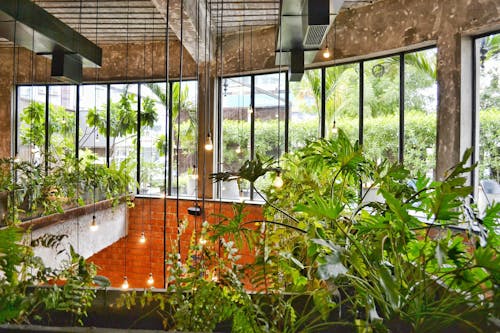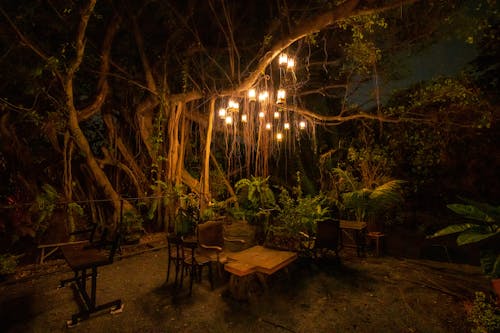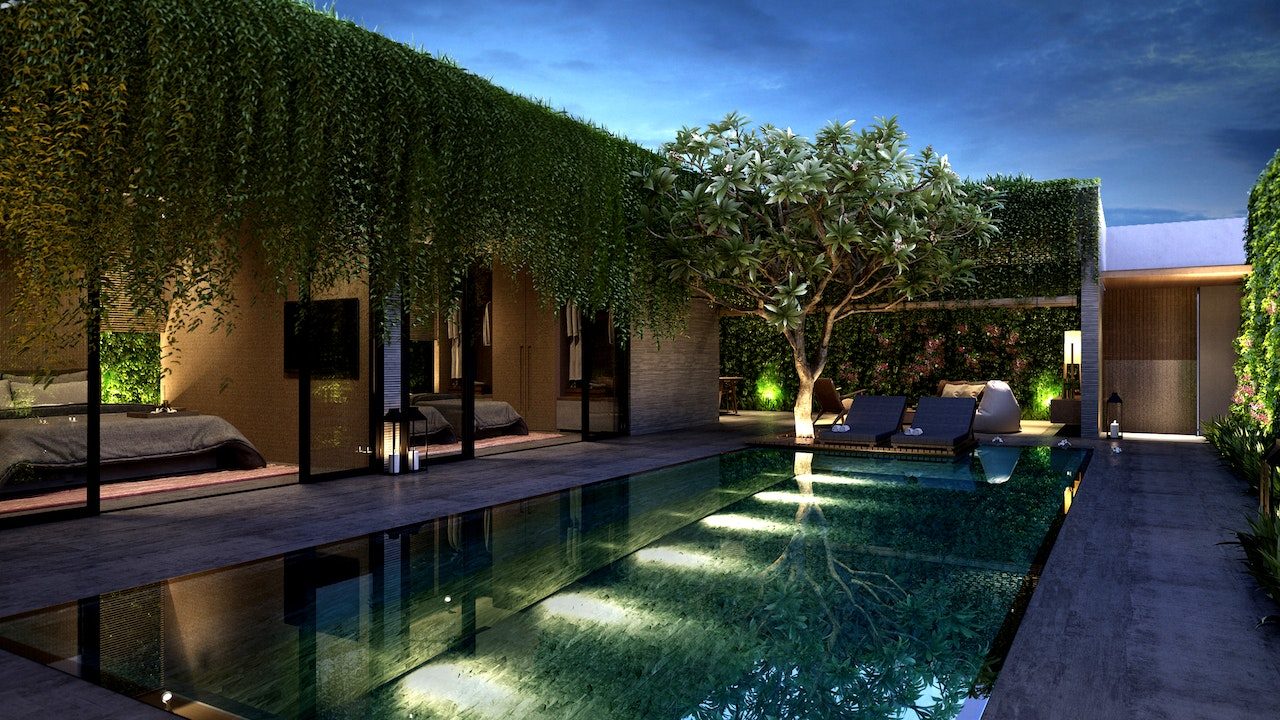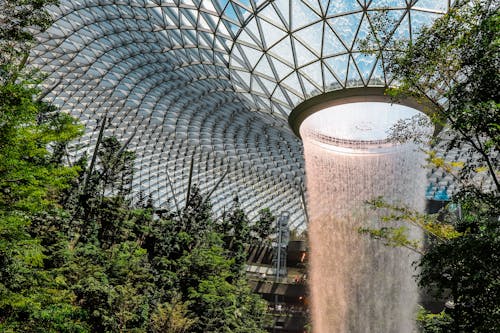Colour And Effect In Landscape Lighting
 Colours and their variations in tonality are decisive in landscape lighting projects. The simple choice of colour, the variation of tone, the shape, the approach and the intensity with which it will be used can cause a radical change in a garden.
Colours and their variations in tonality are decisive in landscape lighting projects. The simple choice of colour, the variation of tone, the shape, the approach and the intensity with which it will be used can cause a radical change in a garden.
But beware, the professional training of the landscape designer responsible for lighting the project will determine whether the change will be positive or negative.
Knowledge is the secret when it comes to landscape lighting. It is essential to know a lot about lighting, to master various techniques, from the most basic to the most advanced, to know the equipment available on the market, and to always be up to date with trends. Of course, knowing a lot about colours is essential to have satisfactory results
The colours, tones and temperature of light have different functions in landscape lighting. Each colour provides a different result and feel. That is why it is necessary to know what each colour is most suitable for, to meet the client’s requirements and still surprise him.
Incredibly, many landscape lighting designers often make mistakes when choosing colours and applying light because they don’t have a basic understanding of landscape lighting.
Some have even been on the market for a long time, but since they are not updated, they do not identify what they are doing wrong.
Thinking of professionals in the landscape lighting sector, we have separated 5 types of lighting that exemplify the function of each colour to obtain a harmonious result. Memorize the purpose of each one, invest in creativity and create extraordinary projects.
- White lighting:
This type of lighting is widely used to give more prominence to plants. For this, it is advisable to use cold white LED lamps such as 4000k (be careful: lamps higher than 4000k, since they can overestimate the vegetation).
- Yellow lighting:
Intensifies the feeling of relaxation. To achieve the yellowish effect, warm white LED lamps such as 2700K or 3000k should be used.
- Green Lighting:
Green lighting is most appropriate when focusing on vegetation, grass, and treetops. But it should be used sparingly and should ideally be used only on foliage.
- Orange lighting:
Orange tones provide a balanced and refined effect. But just like green tones, they should not be abused. The amber colour is widely used to achieve this effect.
- lighting:
 In addition to green and orange light, other tones are not recommended because they tend to steal the focus from plants and even fall into a kitschy composition.
In addition to green and orange light, other tones are not recommended because they tend to steal the focus from plants and even fall into a kitschy composition.
Bonus tip: Lower lighting adds sophistication to the landscape. To achieve this effect, you can use reflectors, spikes and spots.
These are just basic information about the colours of light, but although they are basic, they already give a good idea of how colours influence lighting. And remember, it is essential to study much more to know everything you need for a spectacular landscape composition and lighting.
…
 To develop a complete landscaping project, the professional must know a set of elements, such as botany, design, lighting and irrigation.
To develop a complete landscaping project, the professional must know a set of elements, such as botany, design, lighting and irrigation. Lighting from the top down, or “Downlighting“, provides a more natural effect. For this lighting, you can use poles and reflectors installed at a level above the vegetation or through lamps installed in the treetops among the foliage.
Lighting from the top down, or “Downlighting“, provides a more natural effect. For this lighting, you can use poles and reflectors installed at a level above the vegetation or through lamps installed in the treetops among the foliage.